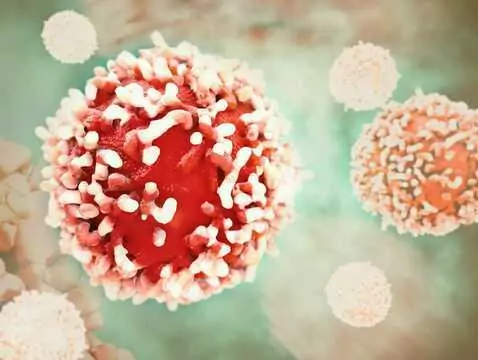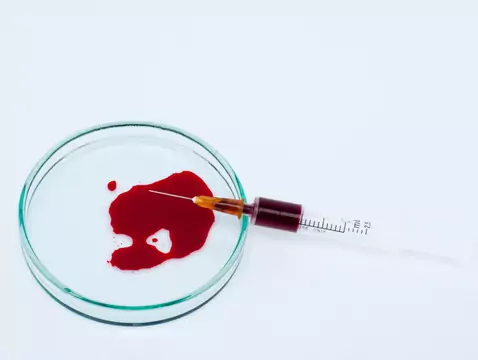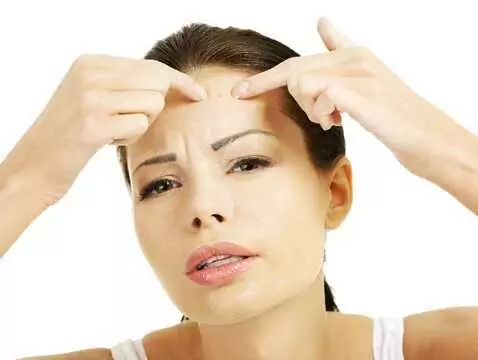Healthy skin protects our body against various microorganisms. The basic element of this protection is the epidermis, especially the stratum corneum and the lipid coat on its surface. Additional defence against pathogenic microorganisms is provided by specific and non-specific immune mechanisms. Also, the acid reaction on the skin surface (pH 5.4 - 5.9) favours relatively less harmful bacteria and protects against pathogenic strains.
Table of contents:
- Staphylococci and streptococci - symptoms, treatment
- Selected bacterial skin diseases
- Impetigo - symptoms, diagnosis, treatment
- Vesicular impetigo
- Neonatal impetigo
- Staphylococcal scalded skin syndrome
- Purulent folliculitis
- Folliculitis
- Boils - symptoms
- Boils - diagnosis
- Boils
- Multiple boils
- Staphylococcal infection
- Nail fold infections
- Staphylococcal pus
- Streptococcal infections
- Non bullous impetigo
- Non-osteomyelitis
- Cellulitis
- Chronic pyoderma bullosa and ulcerative pyoderma
- Bacterial displacement - diagnosis
Therefore, it is relatively rare for purulent diseases to develop in the skin. They are most often the result of trauma or a local immune disorder (inflammatory dermatoses, eczema) or associated with a general debilitating condition (cancer, diabetes, uremia, HIV infection). Skin involvement occurs due to epidermal trophic or toxic bacteria.
The most common pathogenic bacteria in skin infections are Gram-positive granulomas, mainly staphylococci and β-haemolytic streptococci.
Staphylococci and streptococci - symptoms, treatment
Staphylococci, especially Staphylococcus aureus, cause a wide variety of infections. S. aureus produces various destructive enzymes, the most important of which is β-lactamase that inactivates penicillin, as well as toxins: toxic shock toxin, enterotoxins and exfoliative toxins.
S. aureus is the most common cause of infections of skin appendages, hair follicles and sweat glands. In contrast, the production of exfoliatins in those patients who cannot neutralise them results in the development of extensive lesions of the exfoliating epidermis.
Among streptococci, Streptococcus pyogenes is the main skin pathogen. It causes infections in the dermis and subcutaneous tissue, often even very deep, reaching the fascia and tendons.
Often purulent skin diseases have a mixed, staphylococcal and streptococcal aetiology, e.g. infectious impetigo, impetigo, pyoderma, bacterial eruptions.
Selected bacterial skin diseases
Table 1.
|
Microorganism |
Clinical entities |
|
Coagulase-positiveStaphylococcus aureus |
Infectious vesicular impetigo |
|
Neonatal impetigo |
|
|
Staphylococcal scalded skin syndrome (SSSS) |
|
|
Purulent folliculitis |
|
|
Ficus |
|
|
Boil |
|
|
Boil |
|
|
Multiple boils |
|
|
Neonatal eccrine sweat gland abscesses |
|
|
Nail fold infections: staphylococcosis and atrophy |
|
|
Group A β-haemolyticstreptococcus pyogenes |
Rosacea |
|
Mixed infections: staphylococcal and streptococcal infections |
Infectious impetigo |
|
Nontuberculous |
|
|
Cellulitis |
|
|
Chronic and luxuriant pyoderma |
|
|
Bacterial eruptions |









